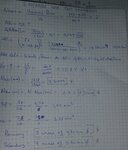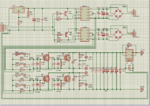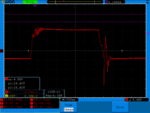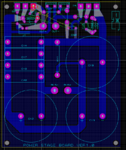Orson Cart
Advanced Member level 3

- Joined
- Jun 18, 2009
- Messages
- 798
- Helped
- 347
- Reputation
- 1,146
- Reaction score
- 558
- Trophy points
- 1,373
- Location
- New Zealand
- Activity points
- 5,973
Sounds like there is a fair bit of leakage inductance in your transformer to generate these spikes (and/or slow o/p diodes) can either increase the turn on Res to the igbt's, slowing down the turn on, and/or, bigger snubbers on the diodes (double the C and tune the R for best performance - lowest spike voltage) they will dissipate more heat tho..!







